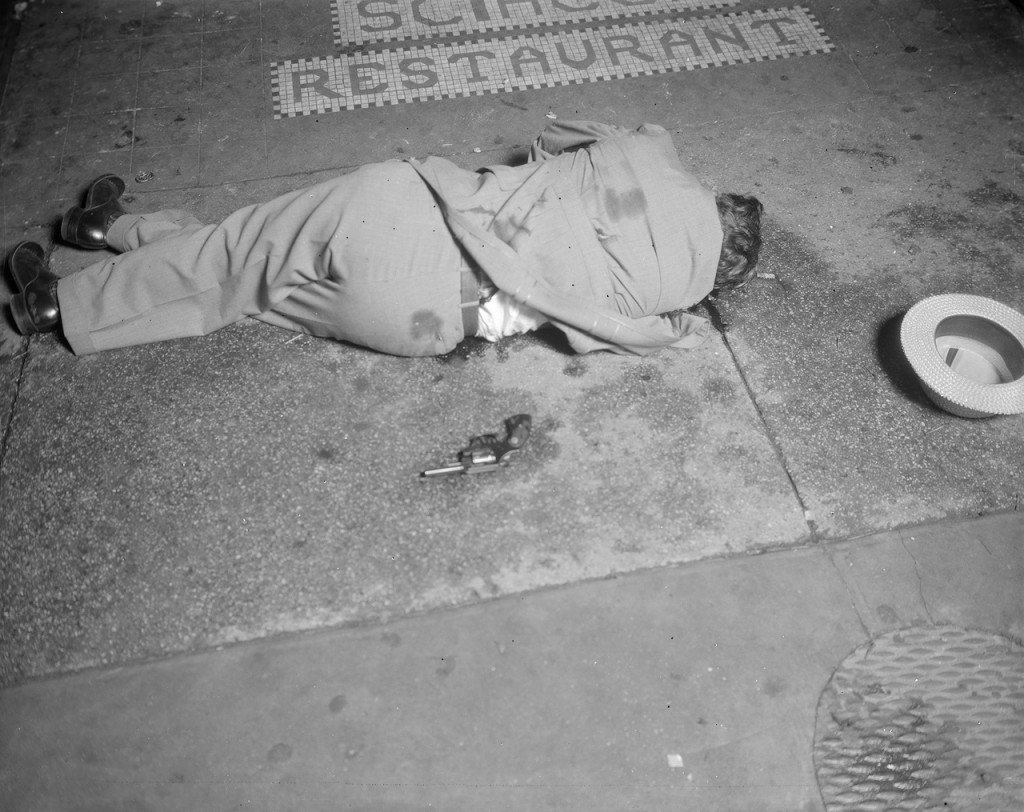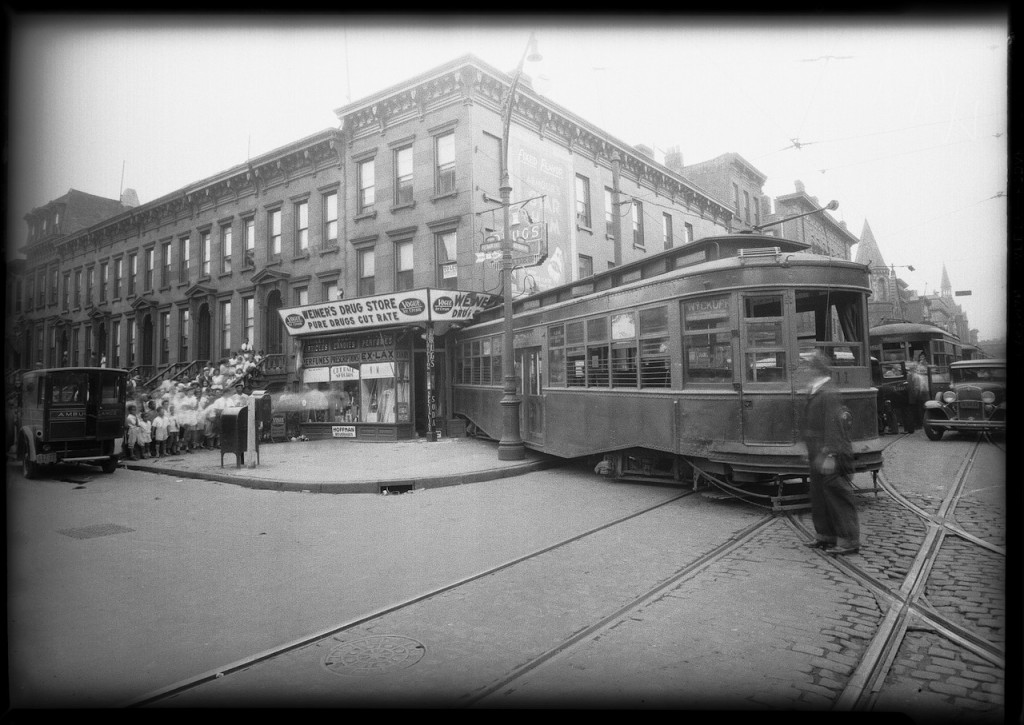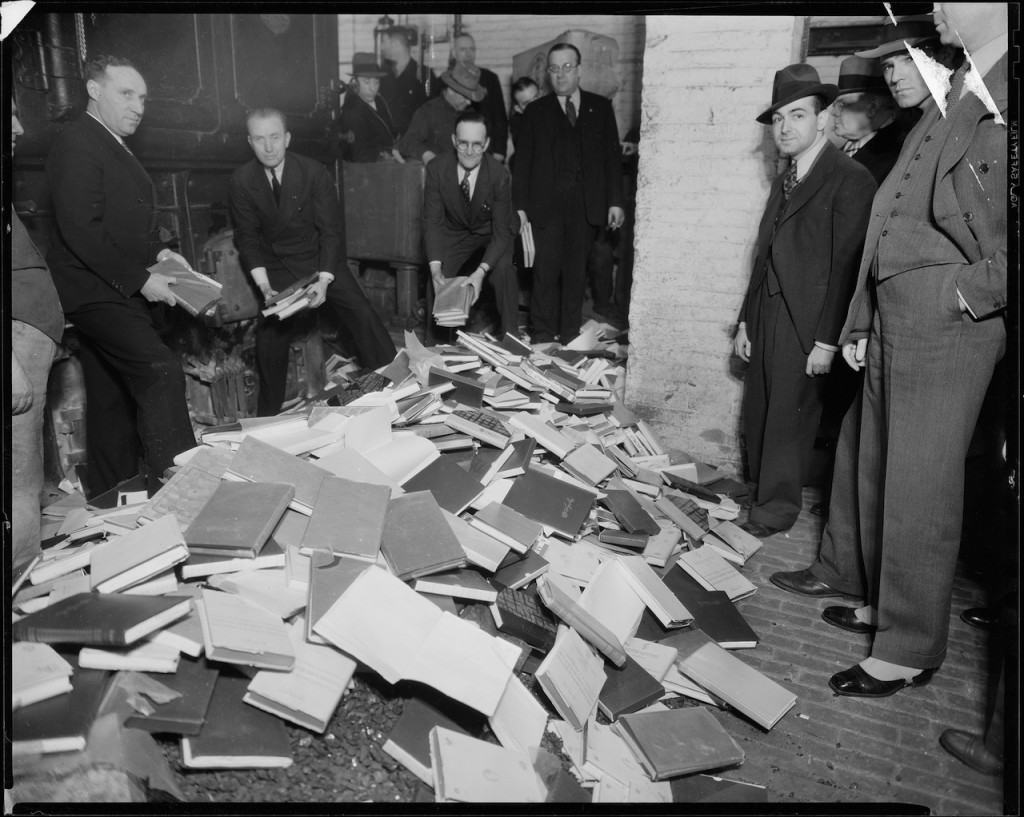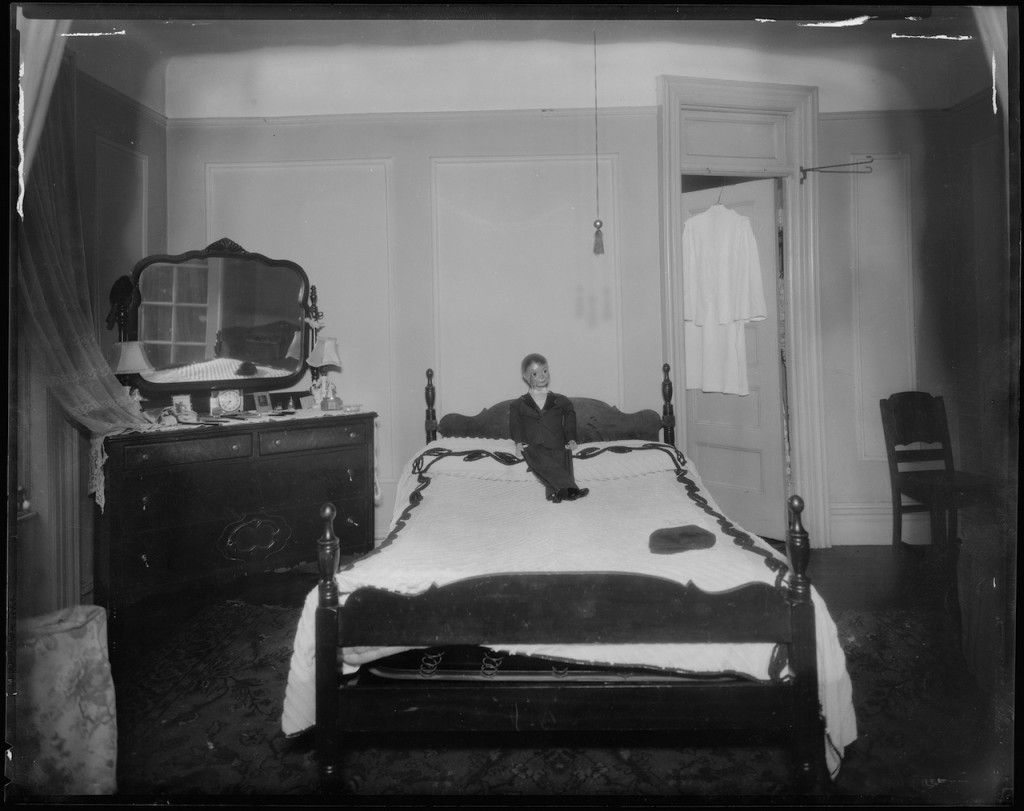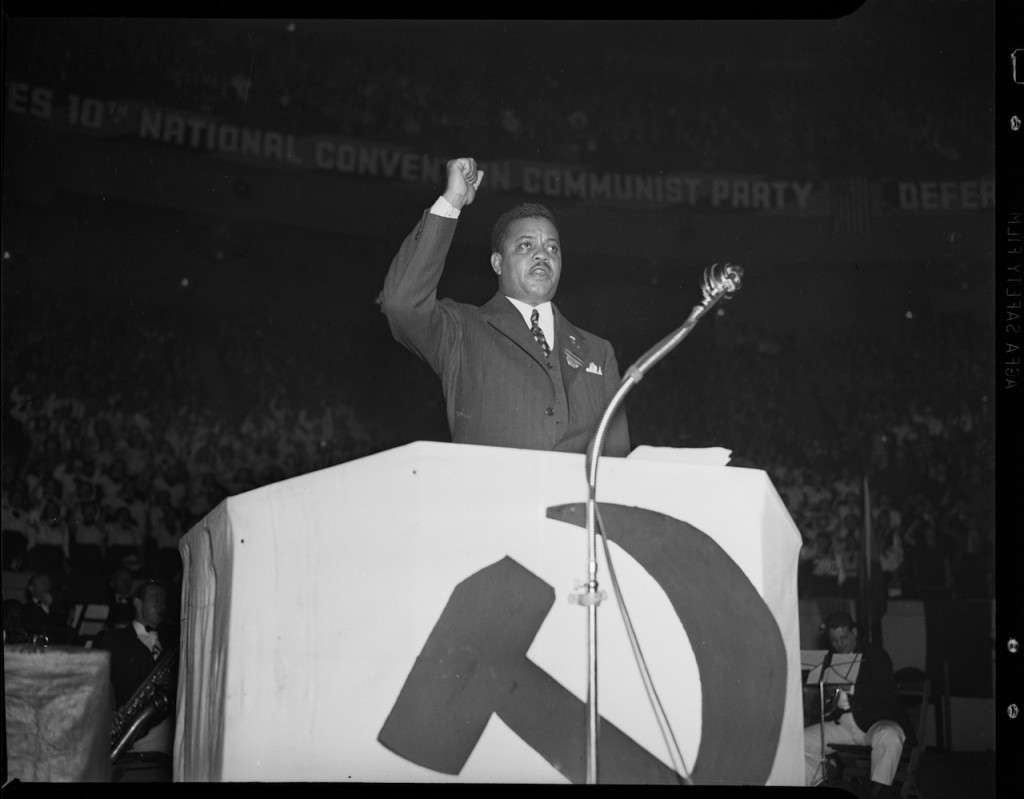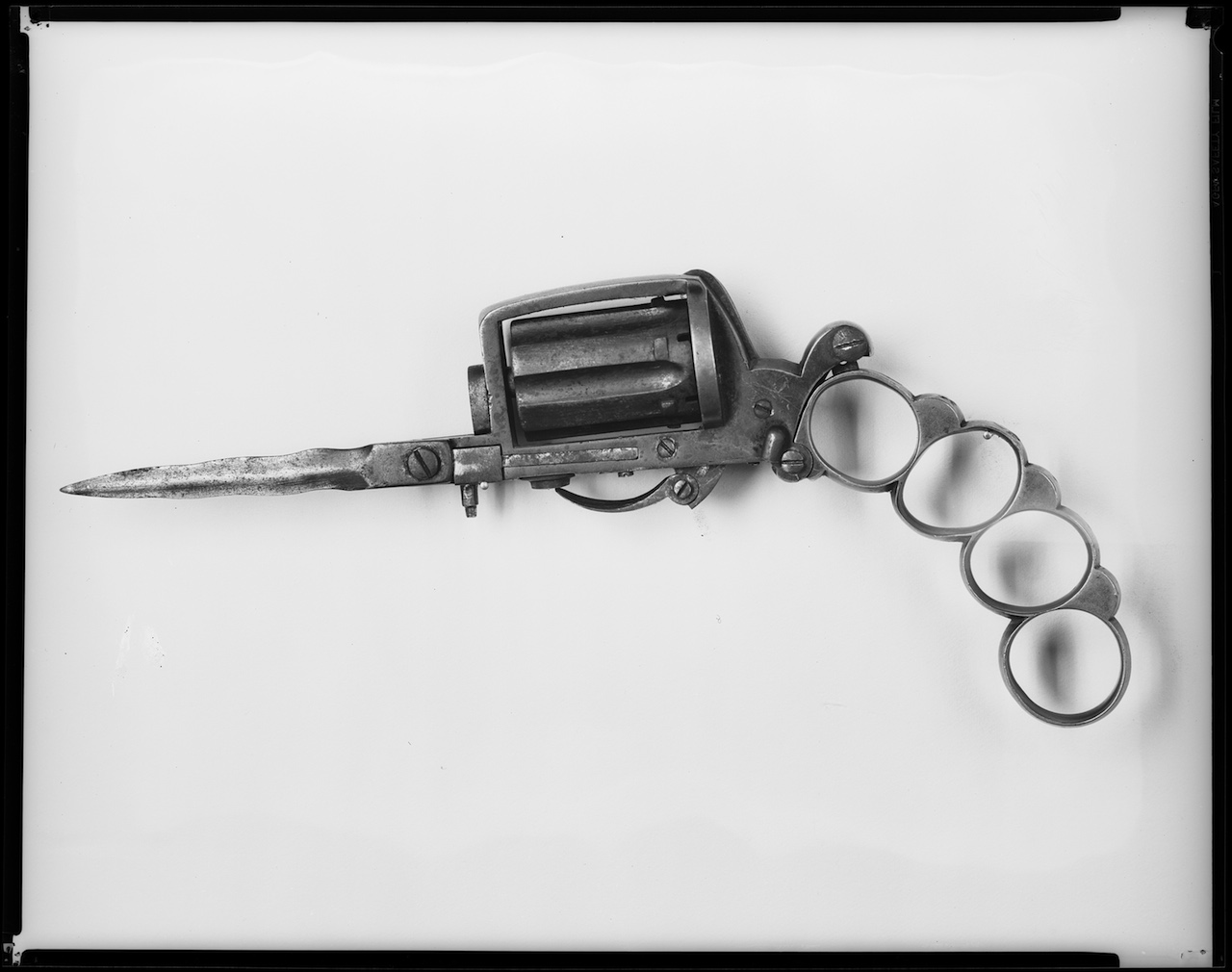Terry Orwell for Art-Sheep
All images courtesy of New York City Municipal Archives
From disfigured bodies on the street to stray streetcars wedged into shop windows, the New York Police Dpt. has been taking pictures of crime scenes almost since photography was invented. Now, the National Endowment for the Humanities is giving a new grant that will bolster the digitization of nearly 30,000 of these images, taken between 1914 to 1975, thus giving the public the opportunity to see them for the first time ever.
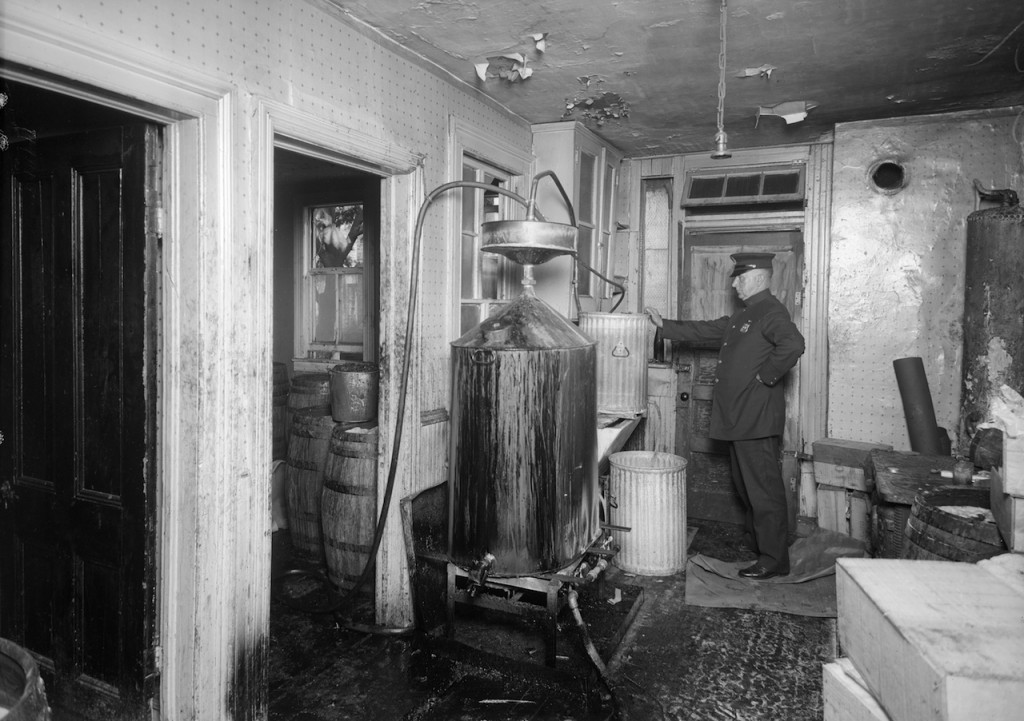
Back in the day, when these photographs that are now held by the New York City Department of Records and Information Services were shot, they were put afterwards in boxes and were stored away. 3 years ago, in 2012, the New York City Municipal Archives released over 870,000 photographs in an online database accessible by the public. Although, this was nothing more than a fragment of the huge amount of material they possess, some 2.2 million pictures, audio files, video and other evidence of the likes.
The project has the long title “New York City Police Department Photograph Collection, 1914-1975, Preservation and Access Project” and some of the photographs included in it may strike as familiar, especially to those involved in photography, since they were shot by one of the greats of Documentary Photography, Weegee.
The NYPD photographic collection has images with many subjects, from empty rooms where murders took place, to protests and book burning raids. The NEH grant will grant both the digitization, which will start again in July, as well as the rehousing and description of the pictures, in an effort to assure that despite the fact that history has been put away in boxes for a really long time, it will be accessible from now on.
via hyperallergic
